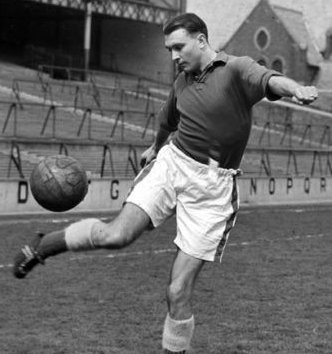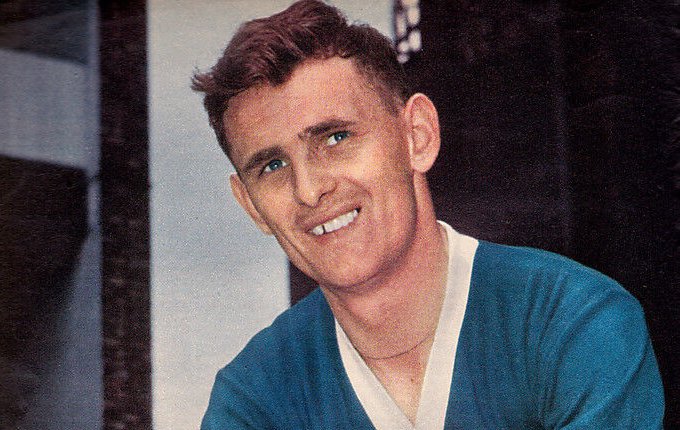A Tribute to Matt Woods
Matt Woods (1 November 1931 - 26 September 2014) Skelmersdale-born Maurice 'Matt' Woods, a centre-half on Everton’s books in the 1950s, passed away on 26 September aged eighty-two. He had been playing as a wing-half in the Wigan Sunday League, when his uncle wrote to Everton requesting a trial for his nephew. Having impressed in the B team, he signed amateur forms at fifteen, and by the 1949-50 season he was a regular in the Reserves – alongside the likes of Don Donovan, Tommy Clinton, Wally 'Nobby' Fielding, Jimmy O’Neill and Harry Catterick. An early Reserves appearance brought praise in…


